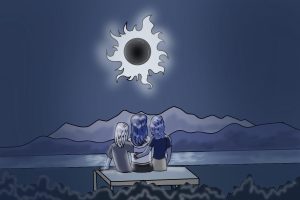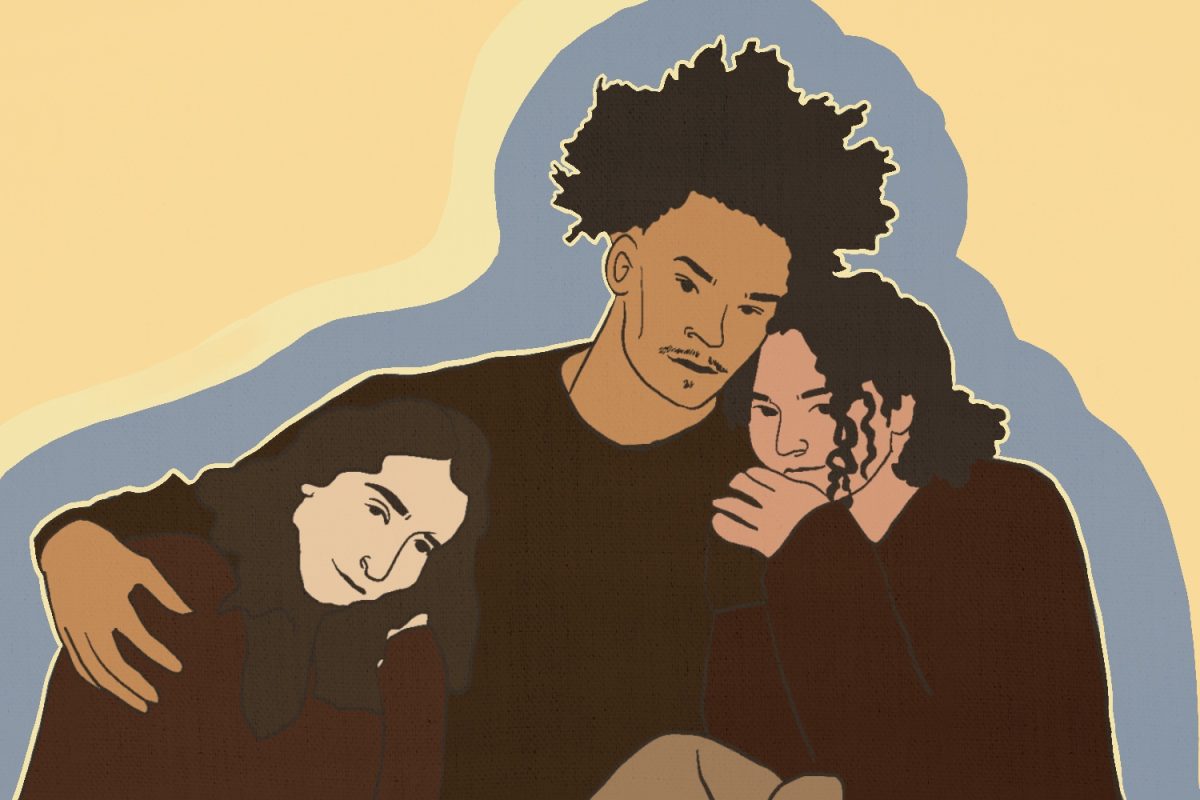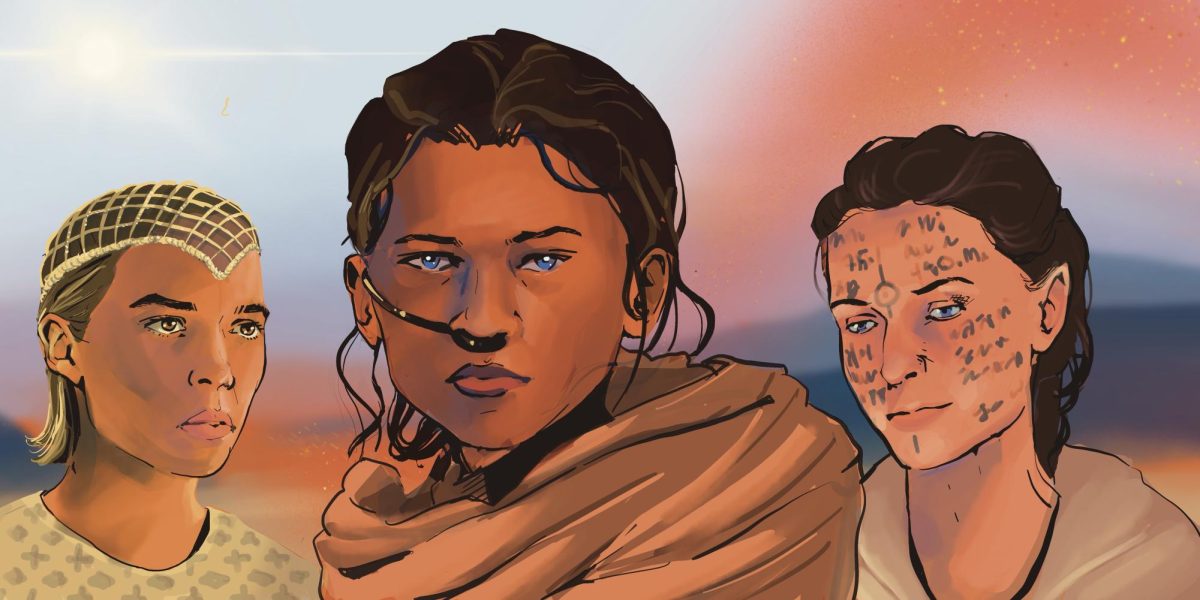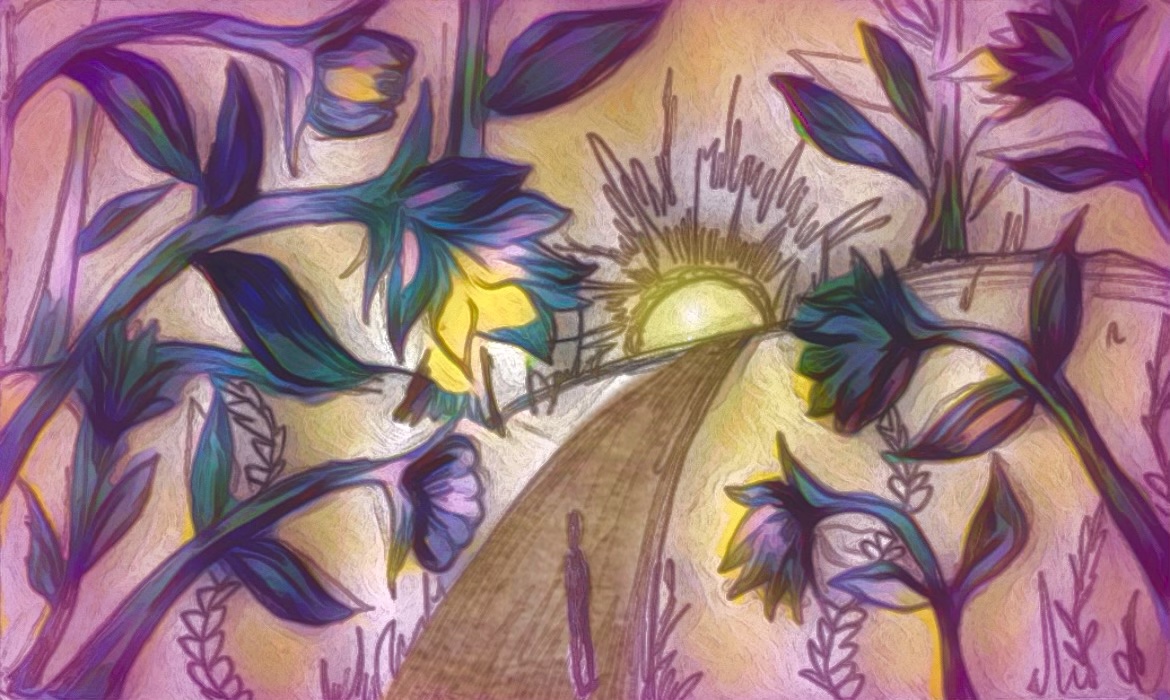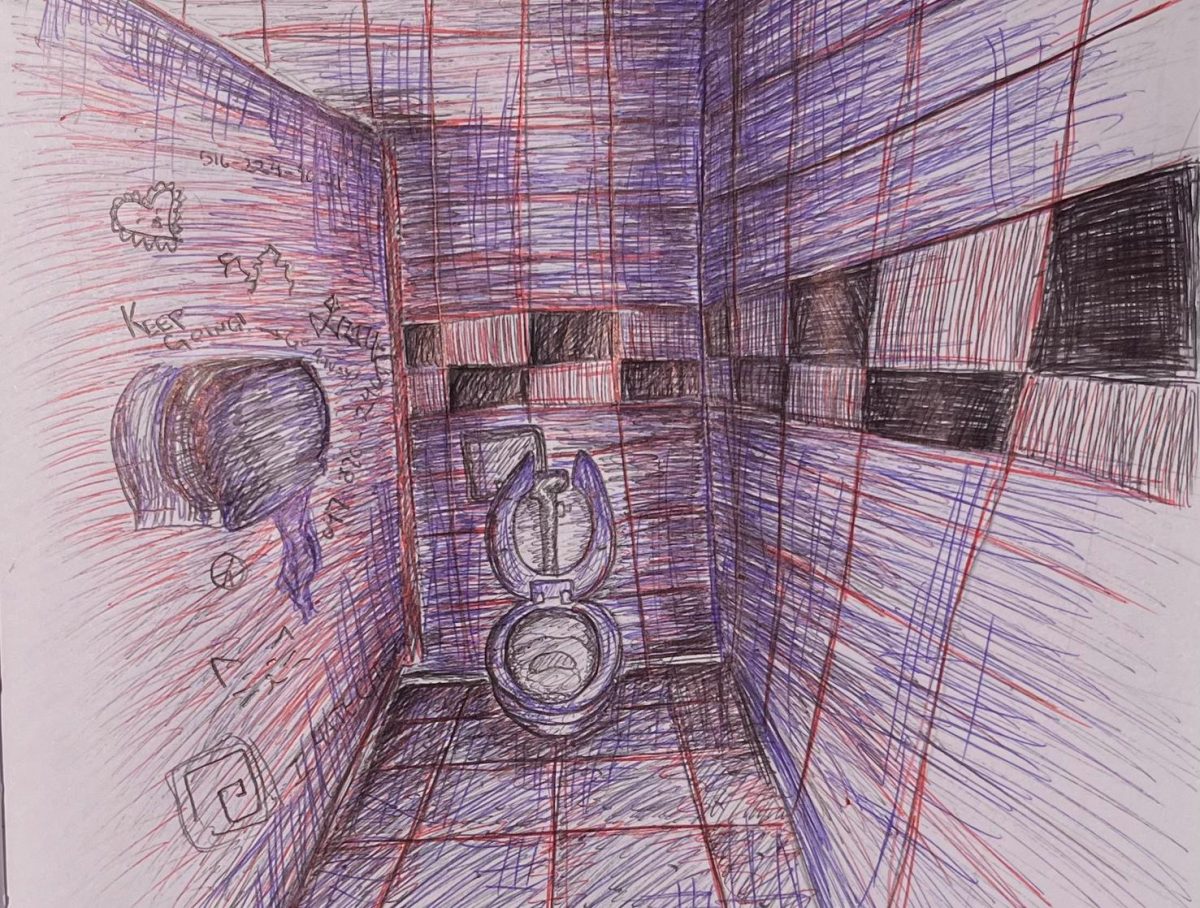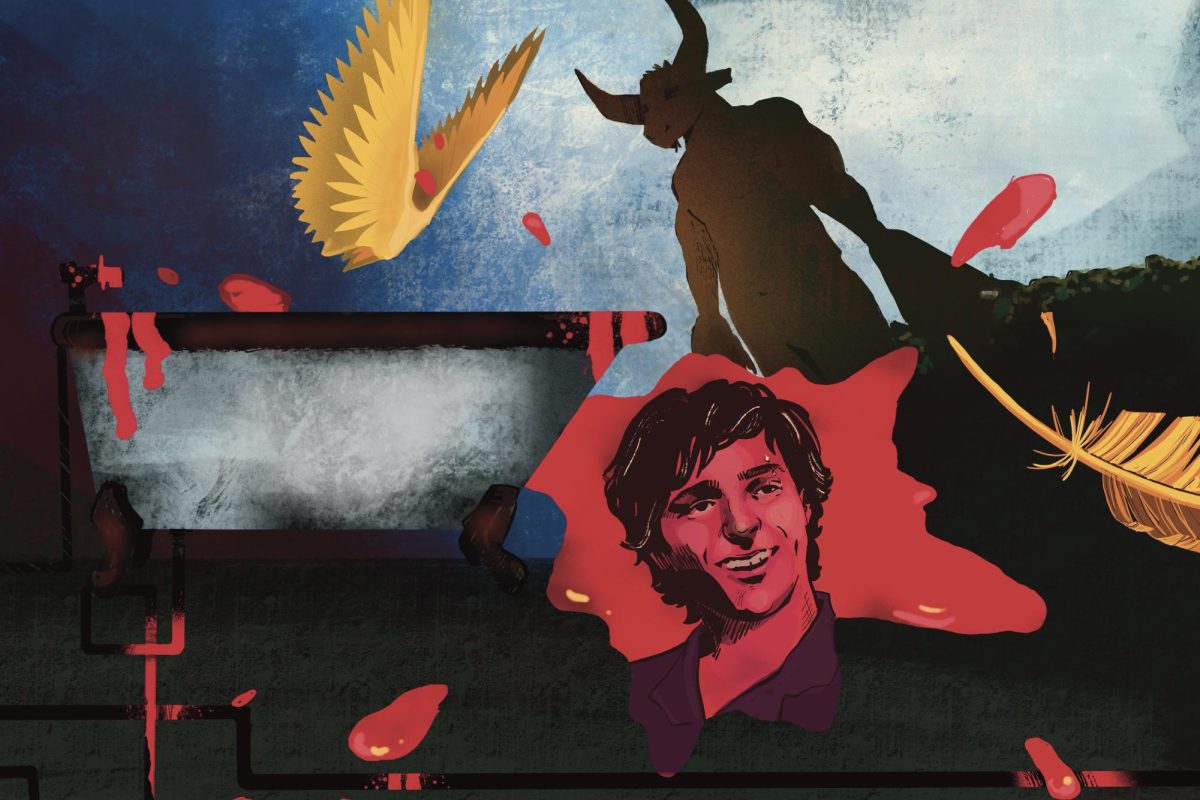The historical context of an artist’s life always shapes his artwork, and such is the case for Aluan Arguelles.Born in Cuba in the early 1980s, Arguelles began his professional career with monotone paintings that reflected the cinema and newspapers of his homeland. His early paintings use grays and blues to depict stories about Cuba and sometimes thoughts about leaving it.Based on photographs, all of these paintings appear blurry and unfocused. “The reason for the blur is to allow the mixing of the future and the past. We are at one point now, but the past and future are both unclear,” Arguelles said in a talk in Williams Hall last Wednesday. The blur is a focal point of the artwork, and lends itself to the photorealistic style used in these paintings.In this early series, the only color comes from the Statue of Liberty, a green beacon in the sea of blue and white. Arguelles was heavily influenced by the political unrest of Cuba, and his artwork shows the confines that culture placed on him.But more recently, he was able to live and work elsewhere, primarily in Sweden. His series of paintings Hacerse el sueco, or Becoming a Swede, focuses on the time he spent in Sweden.”I was very inspired – it was my first trip outside of Cuba. The series shows how my life was, my enjoyment of it. This is why the paintings are more colorful,” Arguelles said.Indeed, the paintings are quite different from his Cuban work. The colors are prominent and varied, the blur is gone, and, while they are still based on photographs, there is much less concern for realism in the paintings.There is consistency among all of his work, and it is the reason they are based on photographs. Arguelles prefers not to become caught up in the actual act of painting. He tries instead to focus on the conceptual aspects of the art, the stories he can tell with it.These stories also come through in his non-paint-based artwork. His installations, or “public interventions” as he calls them, get his points across equally well.Huésped, or Guest, is a Twitter-type feed of events from the perspective of a Cuban government worker. The text is projected onto a wall or other large surface, and the story cycles repeatedly. While fictional, the story allows the viewer to see into the life of a government worker and see what’s really going on.Arguelles’ paintings are currently on display in the Colburn Gallery in Williams Hall. A Burlington version of Huésped will be making an appearance on Nov 9 at the Flynndog at 308 Flynn Ave. The show starts at 6 p.m.






